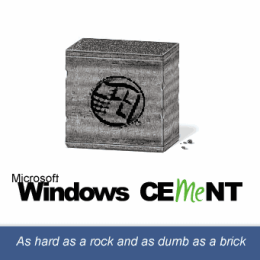levi
Still fresh, damnit!
Then...Using full-size USB-B would be mechanically the best solution, if anyone can find the space.
Glol!The Pyra should firmly avoid obsolete and obscure external connectors.
I honestly don't know the best option here. Mini USB may have its fans here, but finding a Mini USB OTG cable seems to be getting generally harder (though the availability of Chinese parts seems to have made them more available now than they were last year on Amazon UK curoiously enough). Micro USB is fragile apparently, and the larger USB sizes aren't generally used for charging. I never thought I'd be wishing for more USB standards




